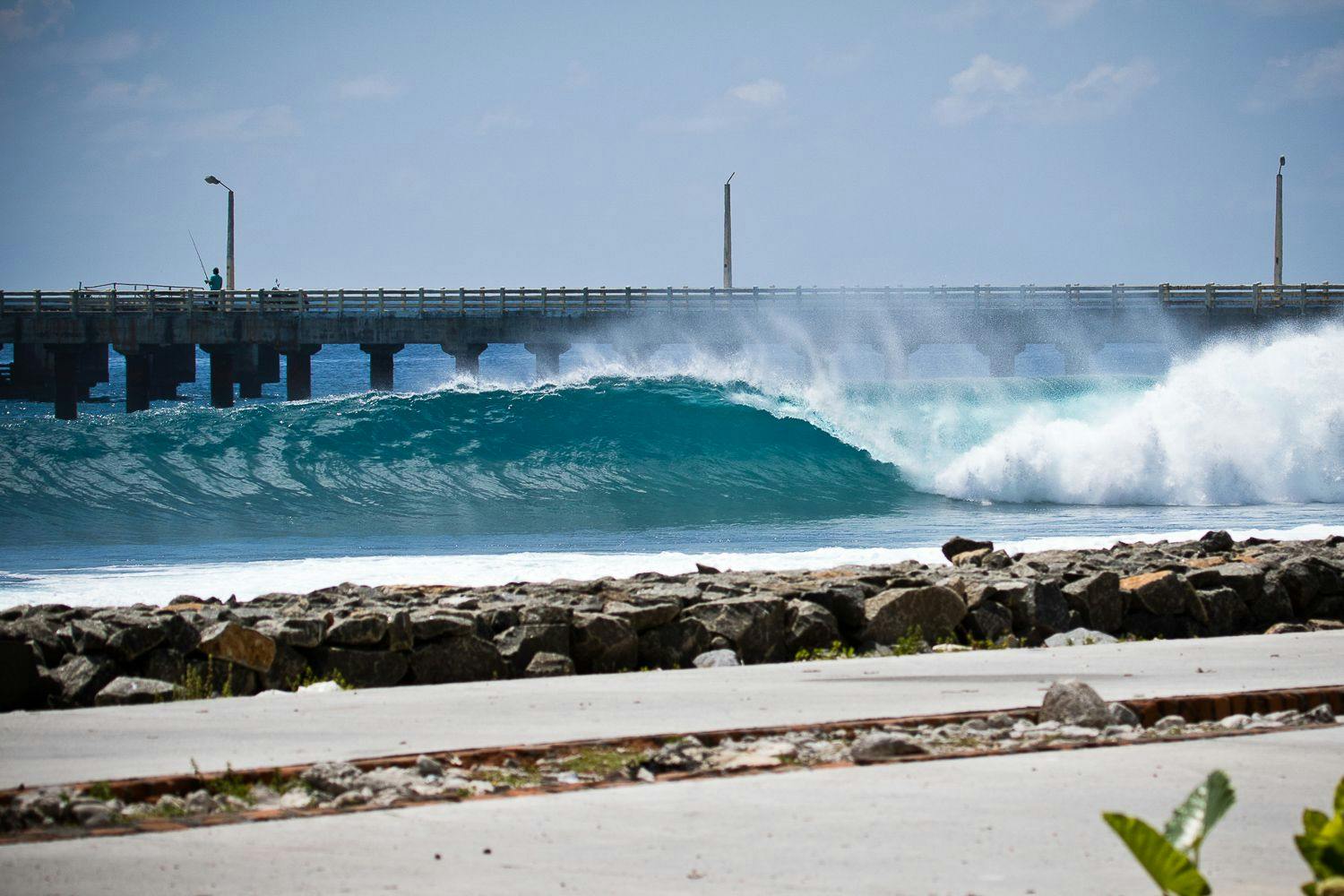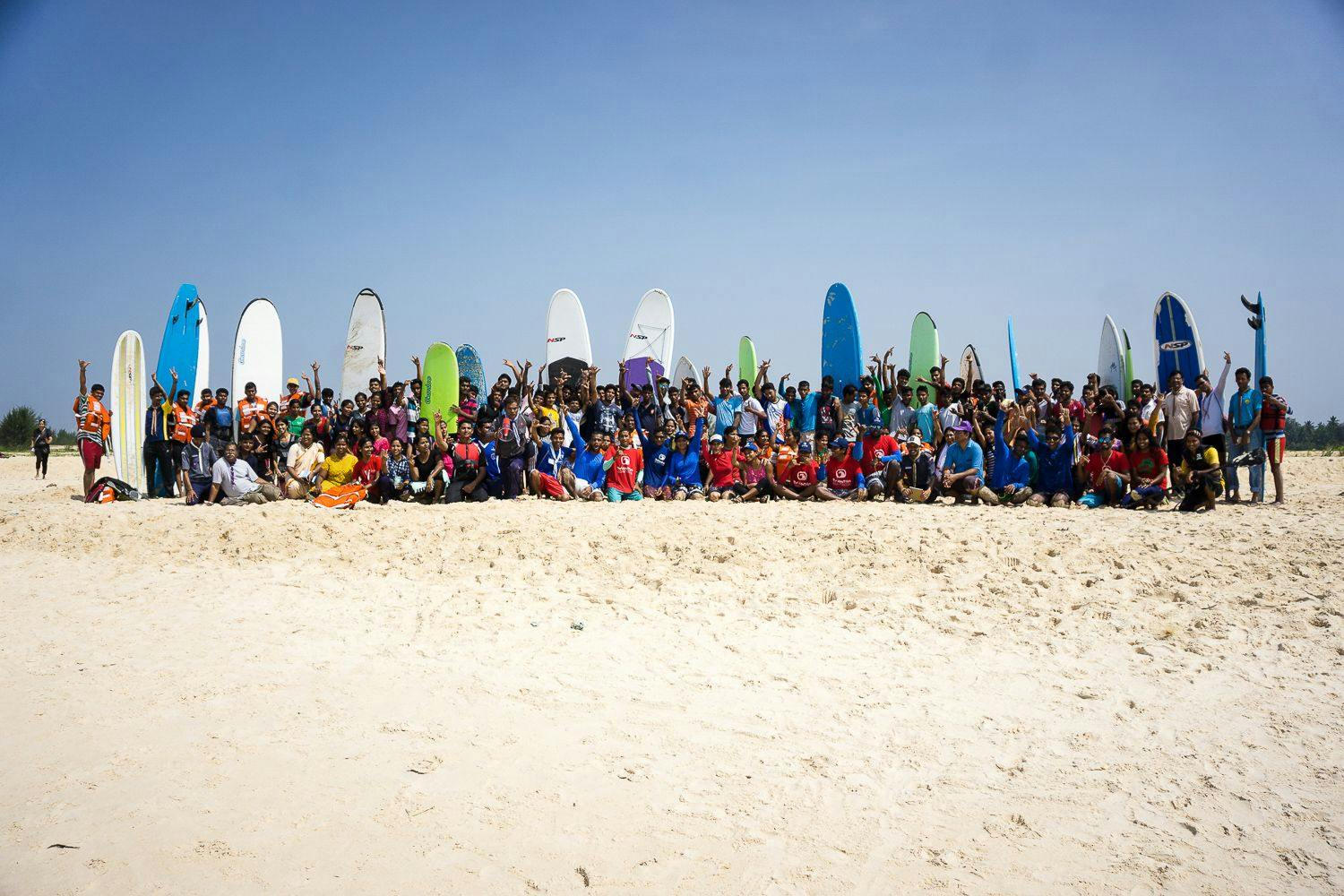TravelIndia: The Rise Of A Surf Culture

For decades, India went unnoticed.
For years, the collective surfing world dissected every little corner of the Indo-Asian maritime zone, with well-documented forays throughout Indonesia in the ’70s, and Sri Lanka and the Maldives in the 90s. But until around the year 2000, the vast subcontinent with ample exposure to the Indian Ocean to the south, the Arabian Sea to the west, and the Bay of Bengal to the east went widely unappreciated. But with a staggering 7,500 km of coastline and numerous islands with reefs facing directly into the brunt of southern Indian Ocean swells, India has proven to be as viable a surf option as any. With the advent of technology, tourist influx, infrastructure and a new generation keen for adventure, the last decade has seen an explosion of surf tourism, as well as a generation of young Indians taking to the sport.
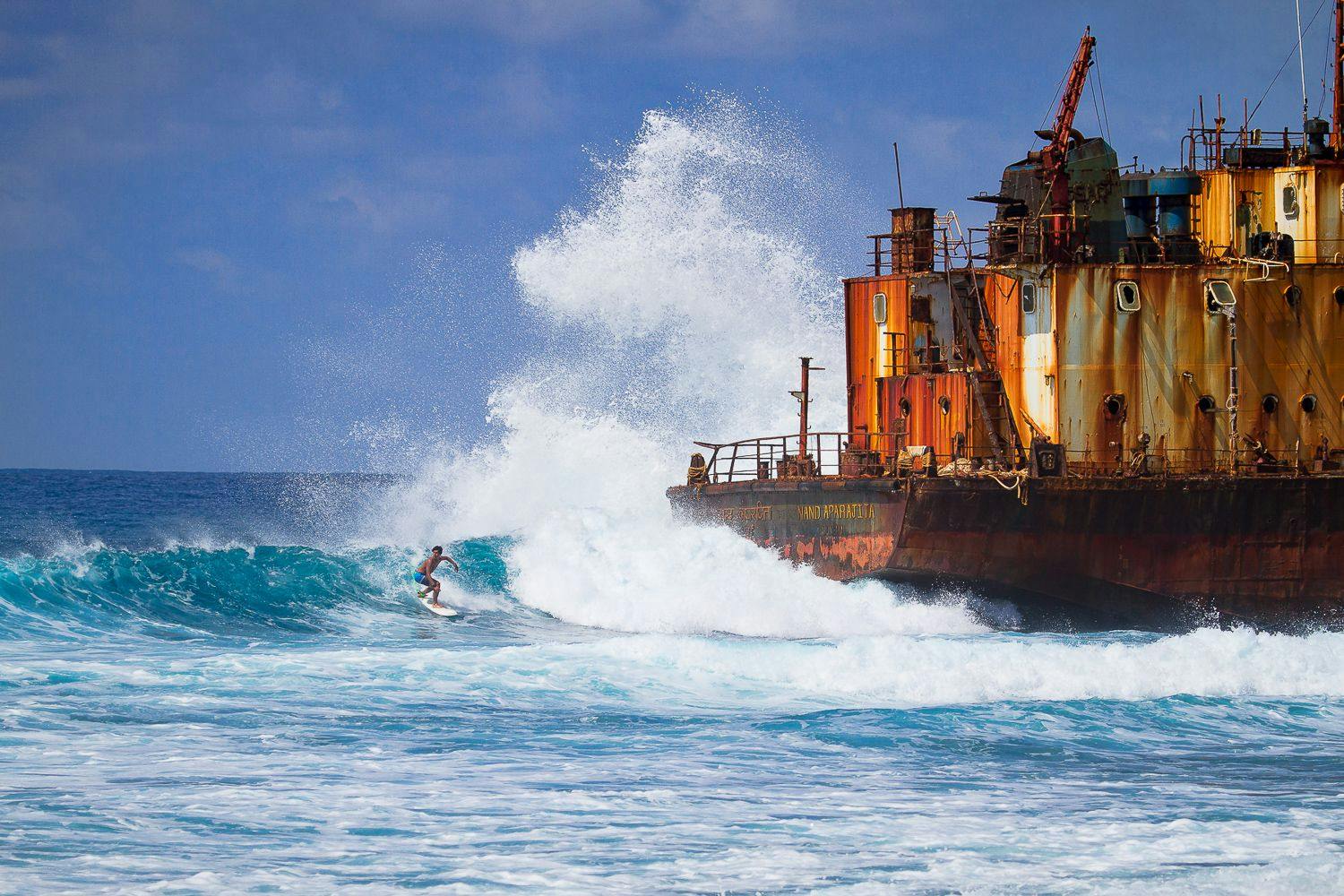
Southern India is hot year-round and the climate can be roughly divided into two main seasons – wet and dry. The wet monsoon season runs from May through October and is characterized by rain, onshore winds and huge swells pounding the west coast, but still offer plenty of high-quality waves with a little exploration. The east coast can be your best bet with numerous point break setups surrounding Chennai. A more experienced surfer is best suited to visit just before and after monsoon season, when the winds lie down and the rivers run dry after having created much-treasured sandbars. September, October, November, February, March, & April will offer consistent surf, bright skies, and morning offshores, with typically medium sized surf. But India is full of surprises, and if you happen to be at the right place at the right time as there are consistent waves throughout the year.
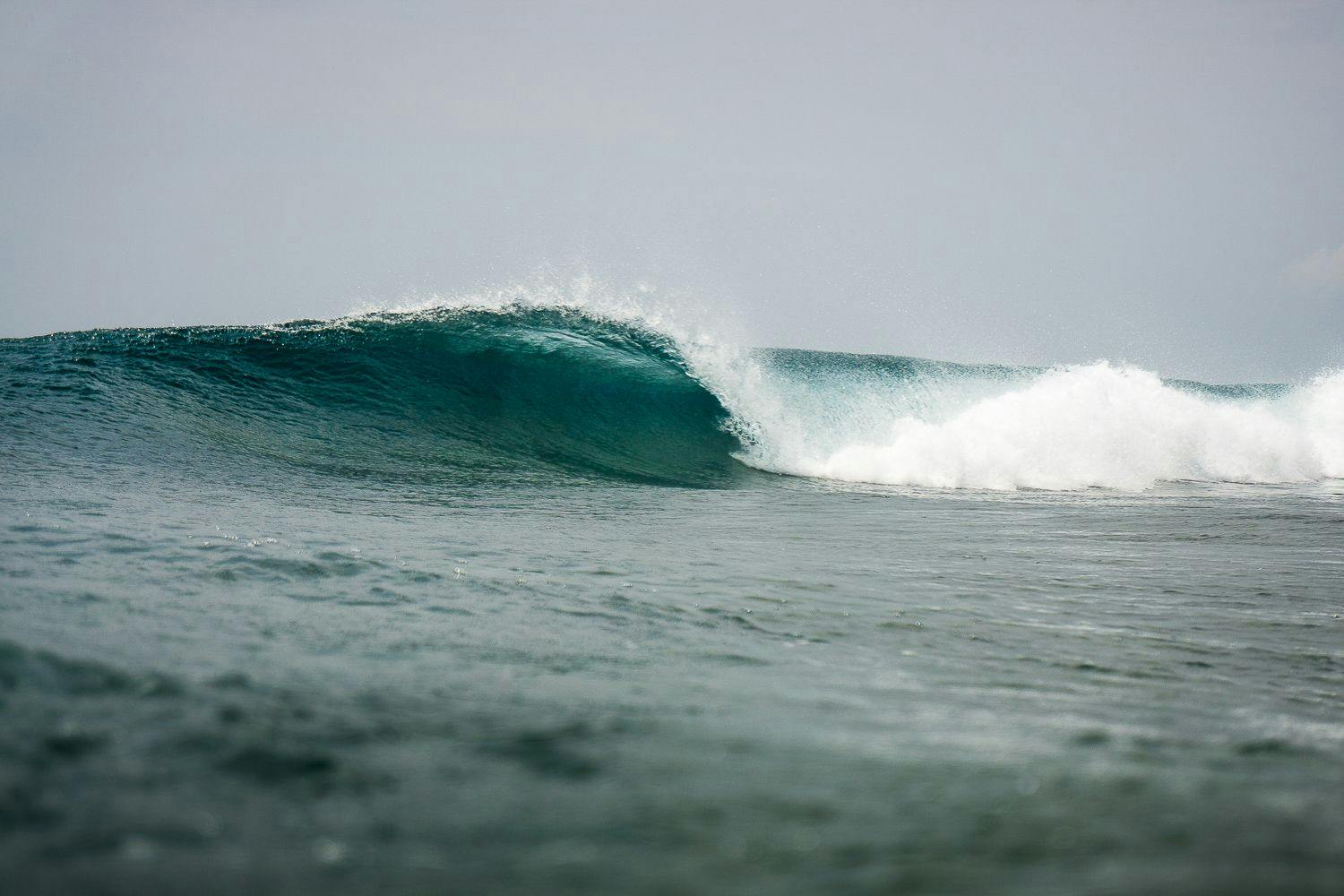
Well-known spots include Mahabalipuram & Covelong Point (Tamil Nadu), Kovalam (Kerala), Mangalore (Karnataka), Auroville (Pondicherry), Varkala, and both the Andaman and Lakshadweep Islands. Lately, a lot more surf spots have been discovered in the far northern part of coastal India i.e Orissa, Gujarat, Maharashtra, and Goa.
No matter where you choose to go, surfing in India is an entirely new experience. In a country with more than 1.2 billion people, you would imagine extreme numbers of surfer’s in the water and a bustling surf culture. However, there are only a handful of surfers and small surfing communities currently working towards developing the sport.
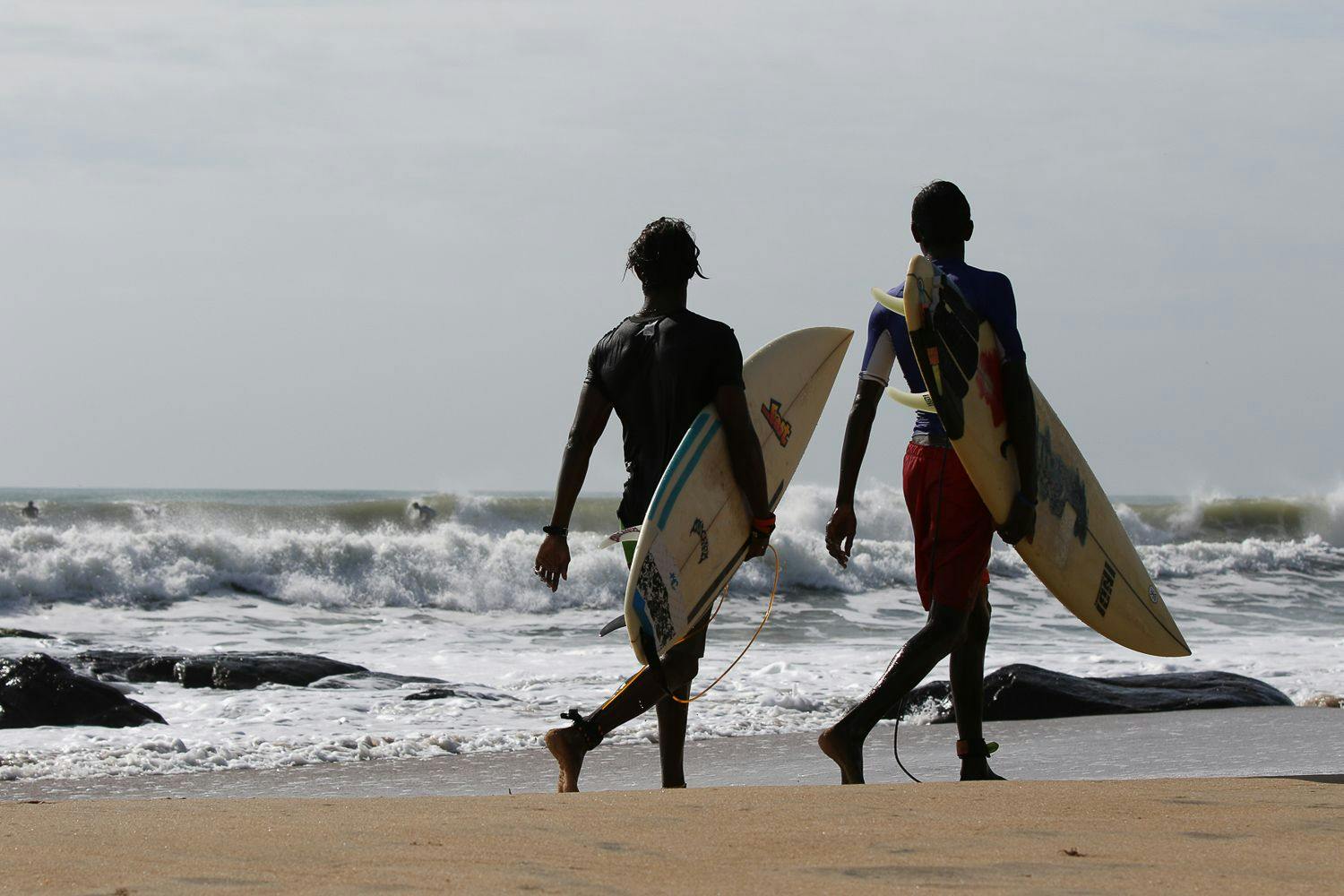
India is a country where for many, surfing isn’t just about getting in the water and catching a few waves; it’s considered a deeply spiritual experience. For many surfers, this quest for a “higher enlightenment” is just a small part of belief system and culture that has been an all-encompassing way of life for thousands of years. India folklore speaks of the oceans as parts of an “organic spiritual dimension”, as manifestations of the “cosmic being” in all living beings, and are thought to be “spiritual sparks of conscious light floating eternally in the Cosmic Ocean”.
Magical thinking aside, India has been delivering the goods to traveling surfers for the last decade. A number of pro surfers, magazines, filmmakers and surf brands have explored surfing in India and experienced its unique culture; “Castles in the Sky” by Taylor Steele showcased Dave Rastovich on one of the best reef breaks in the country; Surfer Magazine ran a cover story on the emerging surf scene; Craig Anderson filmed the marquee section of his film, Slow Dance, on a dreamy running right-hander along Indian shores; RipCurl’s iconic Search project explored uncharted islands off the west coast, and renowned adventure photographer, Chris Burkard, has done multiple trips documenting India’s unique surf experience.
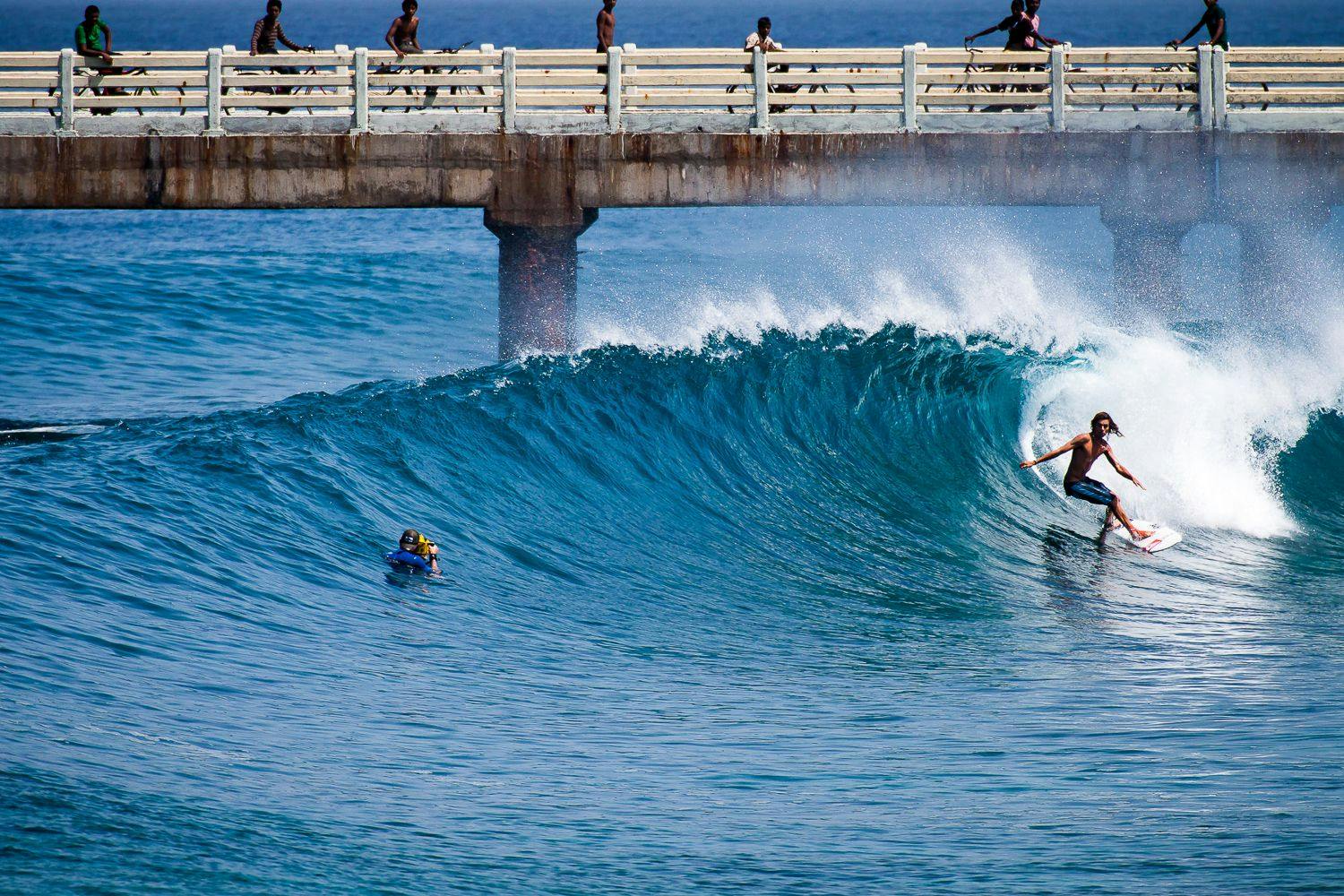

India continues to hold a special place and fascination for visiting surfers for its unique blend of surfing, culture, and hospitality, but it is the native Indian surfers that are truly progressing the county’s fledgling surf culture. Traditionally, Indians have viewed the ocean as a hazardous place. Although the ocean has always been held in cultural reverence, India’s pulsing waves were viewed with fearful respect, and local’s were not natural ocean-goers. India has some of the highest drownings in the world hence most activities take place on the beach or in the shallows, and most beaches don’t have proper lifeguards or surf-rescue equipment.
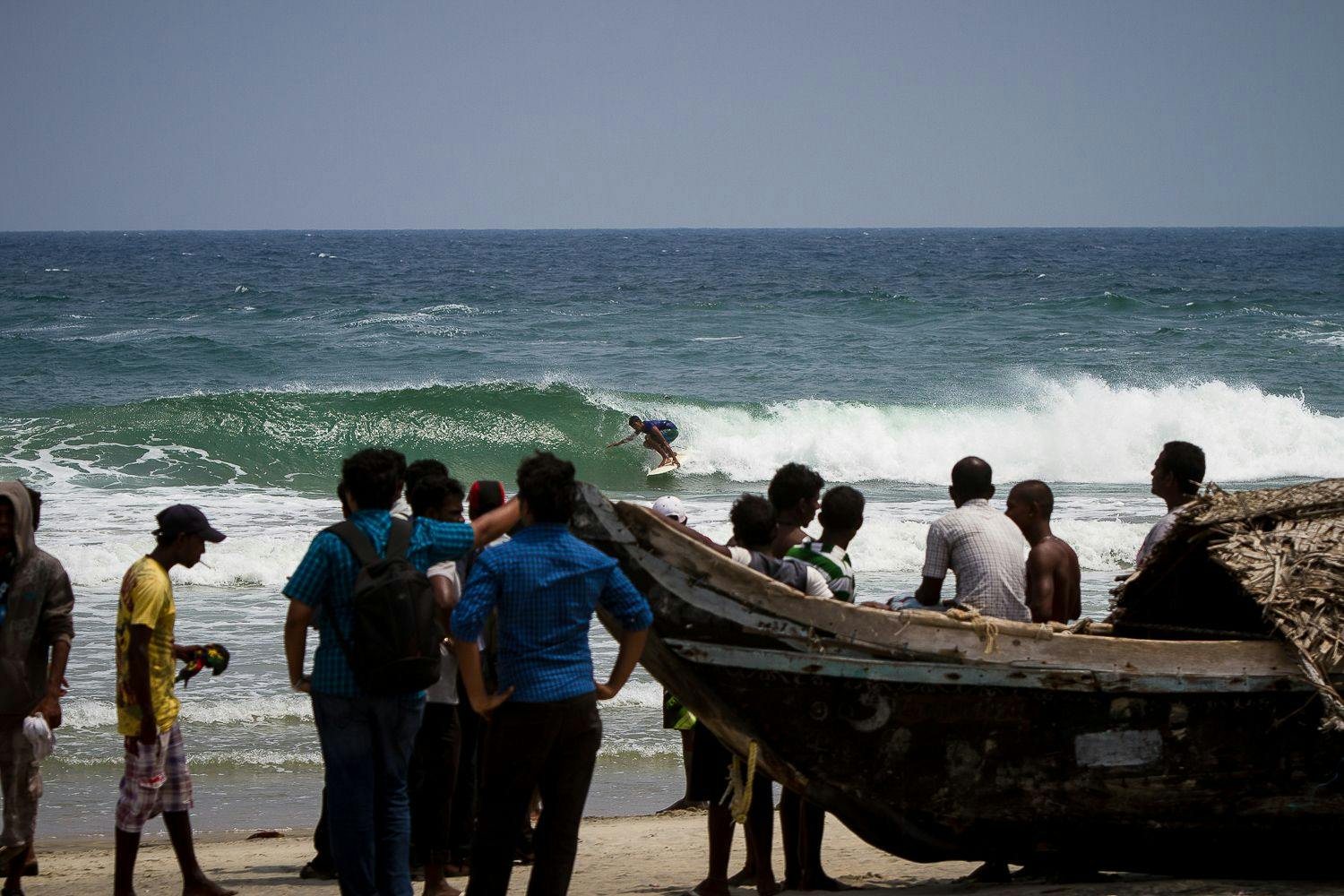
But slowly things are changing in a positive direction as surfing communities growing along the coastline of India, erasing the sea’s longstanding stigma. As the culture grows, many native surfers are establishing surf schools and camps, teaching tourists, travelers, and locals alike to surf and appreciate the sea. India holds one of the world’s largest youth population and is set to become the world’s largest workforce by 2020. A growing Indian middle class is traveling, adventurous and looking for new activities to be enjoyed outdoors. Surfing has certainly captivated the imagination of India’s next generation.

Surfing has become deeply intertwined with the traditional fishing community of India, and some of the best surfers in the country are fishermen who already have a strong relationship with the ocean to draw upon. Surfing is developing into one of their primary sources of income in a slowly growing coastal surf industry. It has bridged the gap between common rural fishermen and urban professionals as they share the same passion and love for theocean in otherwise a complex Indian social system. Over the years, many individuals and surfing communities have done some remarkable work by contributing to the society through the sport.

If you are planning a surf trip to India, come with an open, respectful, and curious mind, and let yourself be caught by a flow that can only be found here. Waves are fleeting, and come and go as easily as the passing seasons, but the true beauty of India can be found at every street corner. So when the surf goes flat there is no need to stress, just look around and discover the bounty of other rides to enjoy.
And why not pop by the local temple to make an offering to Varuna, the God of the Ocean, and your prayers just may be heard…
